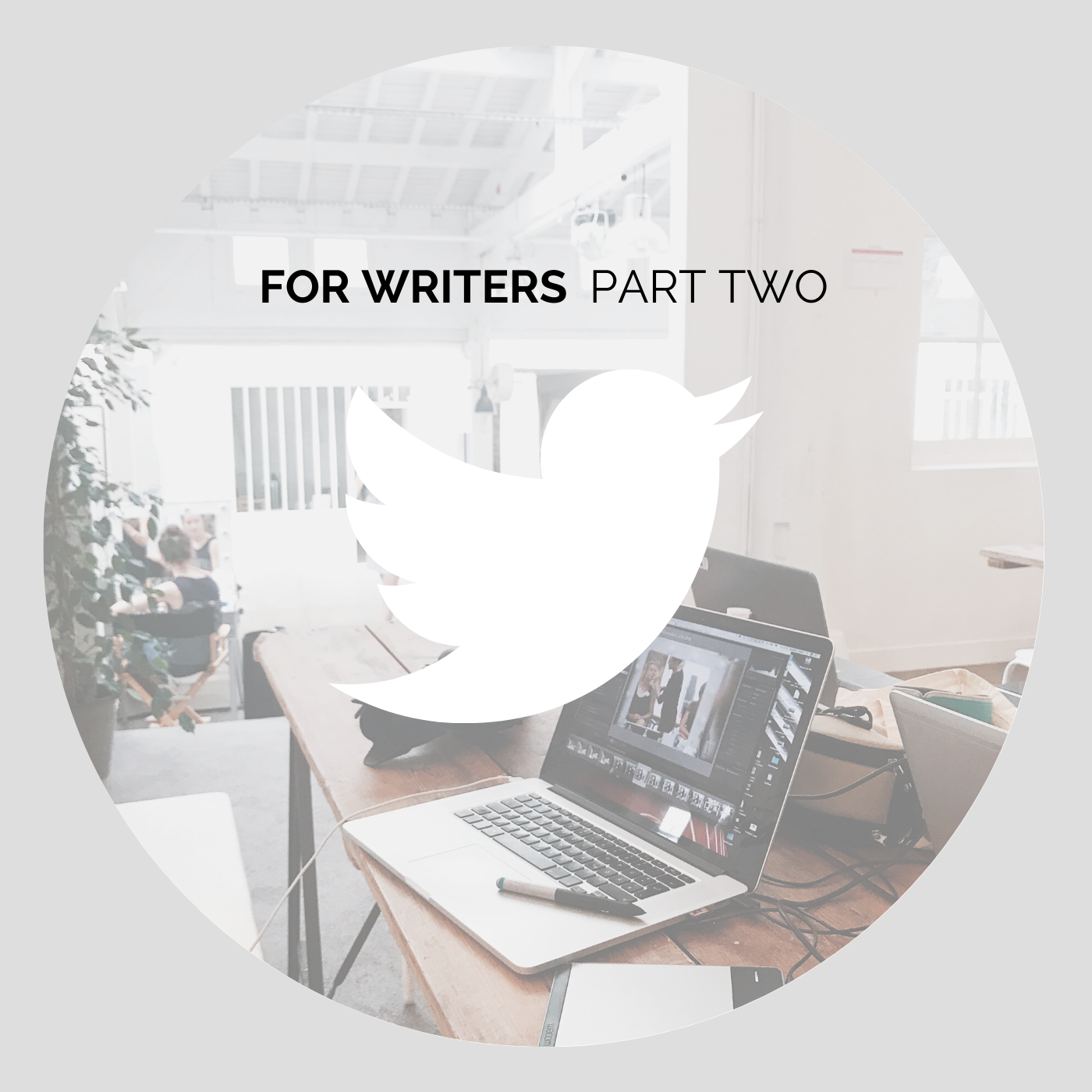Twitter Marketing for Content Writers: First Step Strategy

The How-to of Copywriting Tweets
Four themes for any tweet.
Used for headlines but with a comparative character count tweet applicable, the 4 U’s. Useful, Urgent, Unique, Ultra-specific. Keep each in mind when crafting social copy.
Useful.
Is it useful to your reader? Tied to what benefit your reader may reap. Promoting links to free resources and ebooks, helpful facts and statistics are all examples of useful tweets. The Before-After-Bridge is a three-stroke format for structuring a tweet that works on the U for usefulness.
Before: your world with X. Bad. World A.
After: your world without X. Better. World B.
Bridge: how to get from world A to world B.
Urgent.
Does it induce your reader with a certain sense of anxiety (urgency)? Scare tactics are classic tactics. Urgency can be seen in Call to Actions such as "sign up now," limited-time discounts "available half-price until," and cliffhangers i.e. we need closure, we don’t get closure, this is not a state of comfort, we take action to alleviate discomfort, we click on the link, we get closure.
The Problem-Agitate-Solve format is a three-pointer working on the principle of urgency. Much like the Before-After-Bridge except we replace, After, a suggestion of circumstances where X is resolved, with Agitate, the potential of X to shadow a better alternative indefinitely. Solve represents how to escape your potential of residing and dying in the grips of X.
Unique.
Is it uniquely entertaining? Brutally honest relative to competitors? Macabre or outright bizarre? However it does it, unique copy is distinct. Love it or hate it, we remember it.
For example, when KFC ran out of chicken in February 2018 they ran copy rearranging their household recognisable acronym to "FCK." Which one would imagine was the very same on both CEO's and patron's lips that month. The copy itself made news. It was brutally honest, entertaining in that and on a family brand flabbergastingly startling.
Ultra-specific.
Are you going to be ultra-specific in detail, statistics or approach? The more specific, the more specialised the take, the more specialist the tweeter is perceived by association. Niche statistical information, specialist quotes, expert opinions, and pioneering, field-specific facts are examples of ultra-specific.
Marketing Personas
Marketing personas are generalised character sketches of your core audience which guide content creation and social media copy. You need to know who you're talking to.
What industry do they work in? Their age range? What does their typical day look like? What are their biggest challenges, goals, and drives? What other publications or blogs do they read? Which social networks do they use? Their educational background? How do they use the internet? Most importantly of all, why do they do everything they do?
Three to five persona templates can accurately represent your majority audience and give you the value of specific target reader insight. Market research, surveys, social media, and interviews can all be used to gather the answers needed to construct marketing personas.
Your CMS and traffic analysers like Google Analytics can give information on how your readers find your work and consume your content i.e. mobile, tablet or desktop. Twitter is a great outreach platform for collecting tweet responses and reaching out to conduct further interviews. Be clear this is about them. Their world, their challenges, their voice and their chance to impact your work.
You've got the copy, now let's look at some baby-step tricks to drive traffic to and from your online publishing through campaigns and Click to Tweets.
